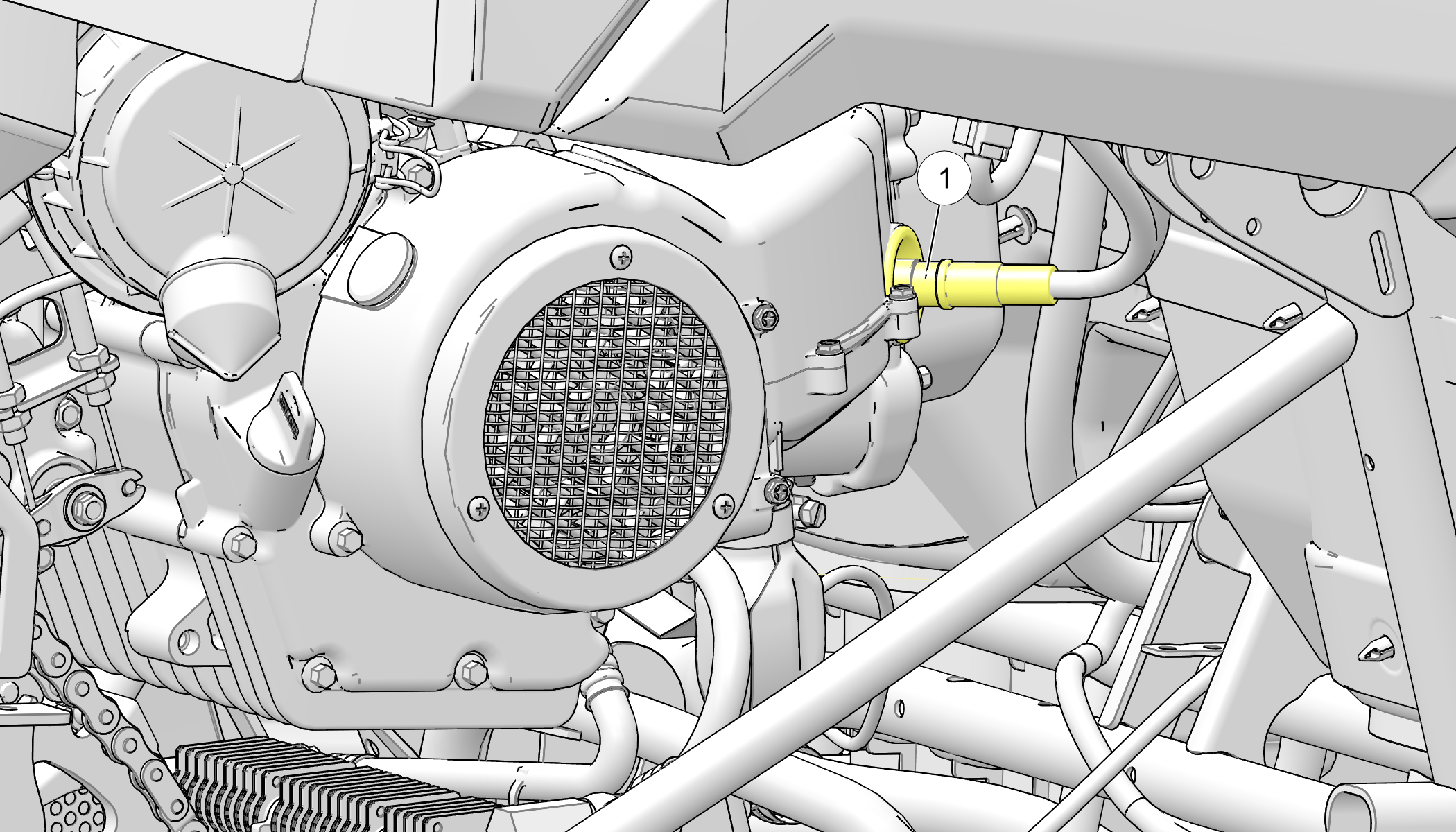Spark Plug
Spark Plug Removal and Replacement

-
Remove the spark plug cap 1.
-
Using the spark plug wrench provided in the tool kit, remove the plug by rotating it counter-clockwise.
-
Reverse the procedure for spark plug installation. Torque to specification.
Spark Plug Gap/Torque
| Electrode Gap | New Plug Torque | Used Plug Torque |
|
(0.6-0.7 mm) |
11 ft-lbs (15 N·m) |
18 ft-lbs (24 N·m) |
Spark Plug Condition
Normal Plug
The normal insulator tip is gray, tan or light brown. There
will be few combustion deposits. The electrodes are not burned or
eroded. This indicates the proper type and heat range for the engine
and the service.
Wet Fouled Plug
The wet fouled insulator tip is black. A damp oil film covers the firing end. There may be a carbon layer over the entire nose. Generally, the electrodes are not worn. General causes of fouling are excessive oil, use of non-recommended injection oil or incorrect throttle body adjustments.